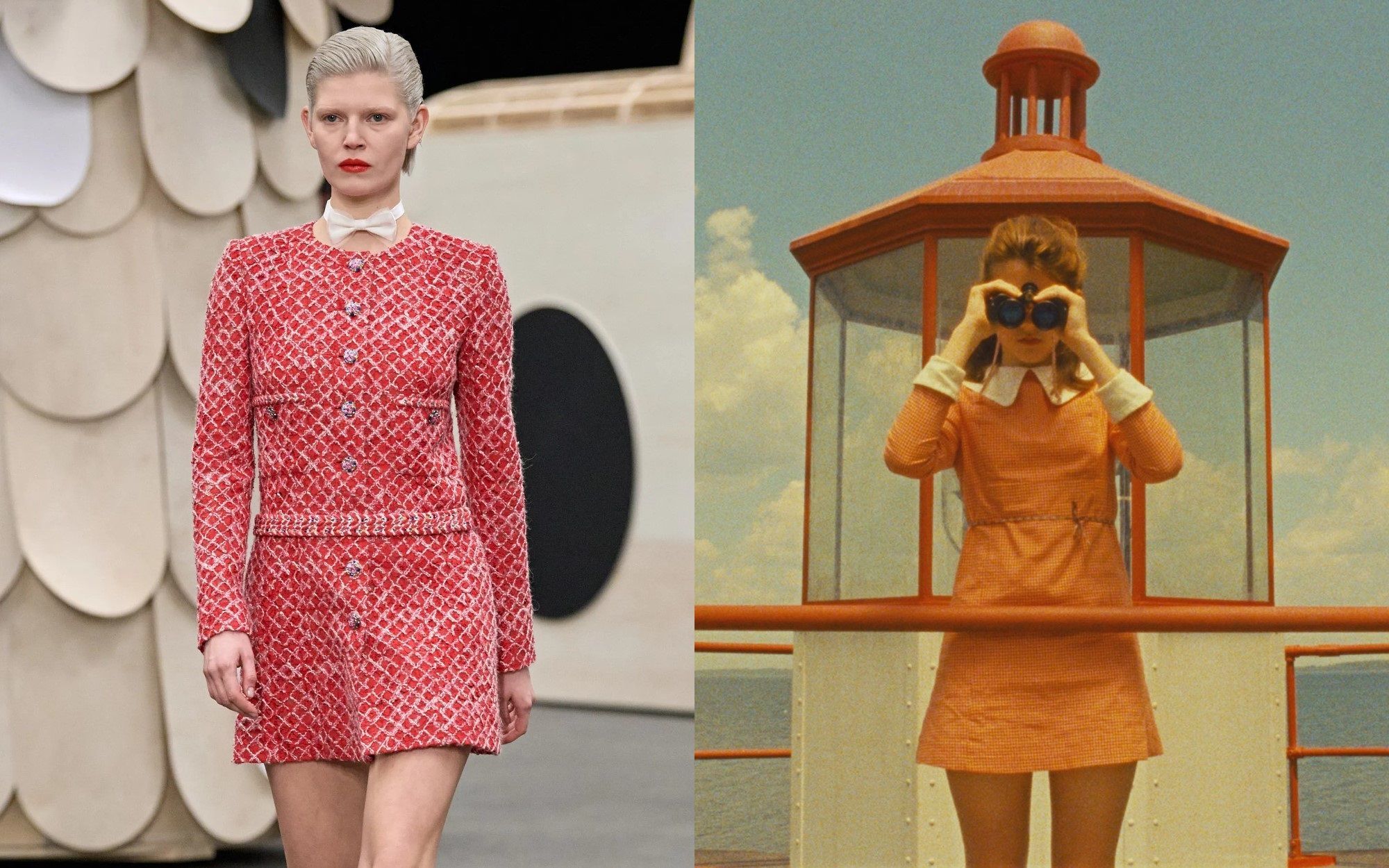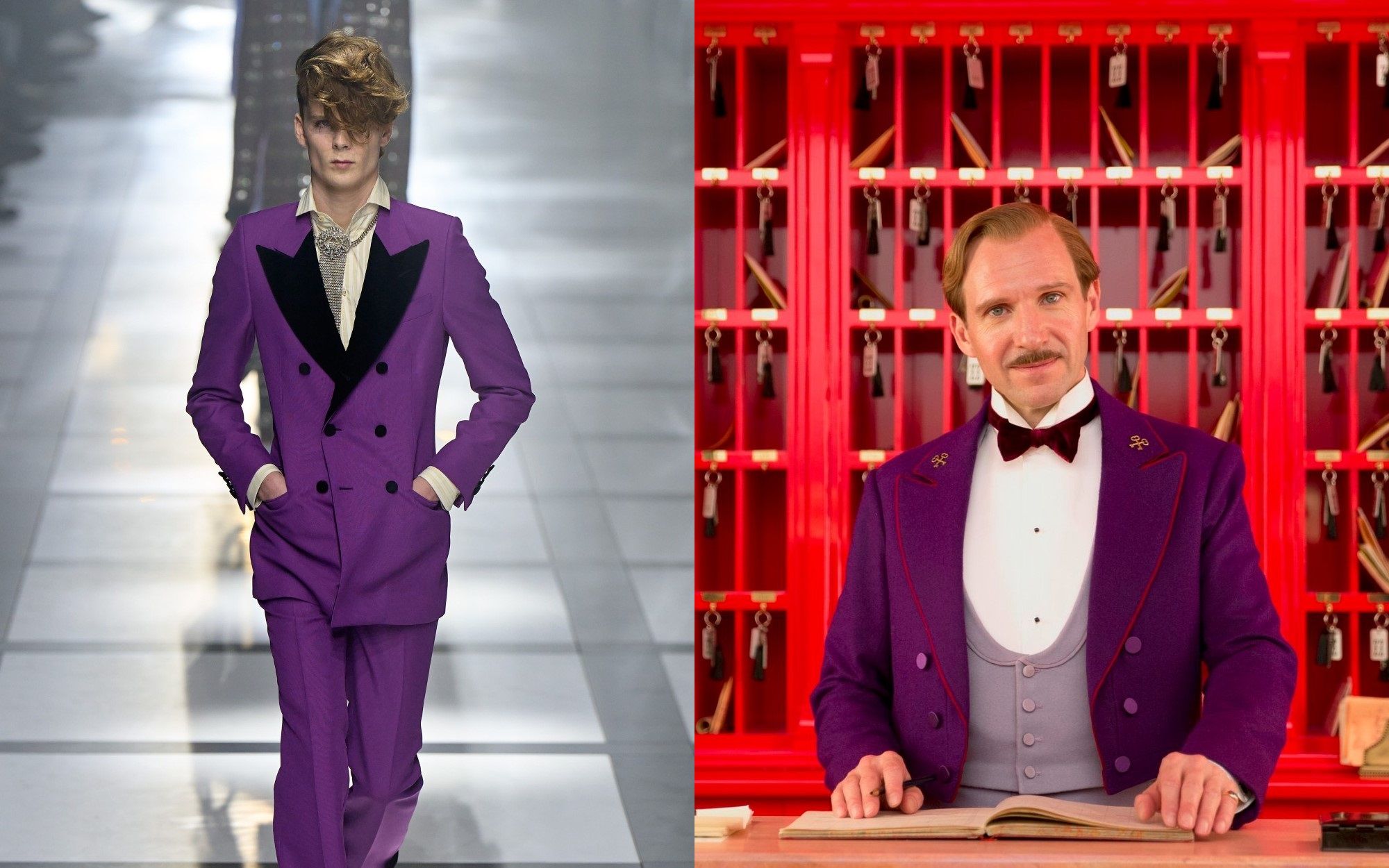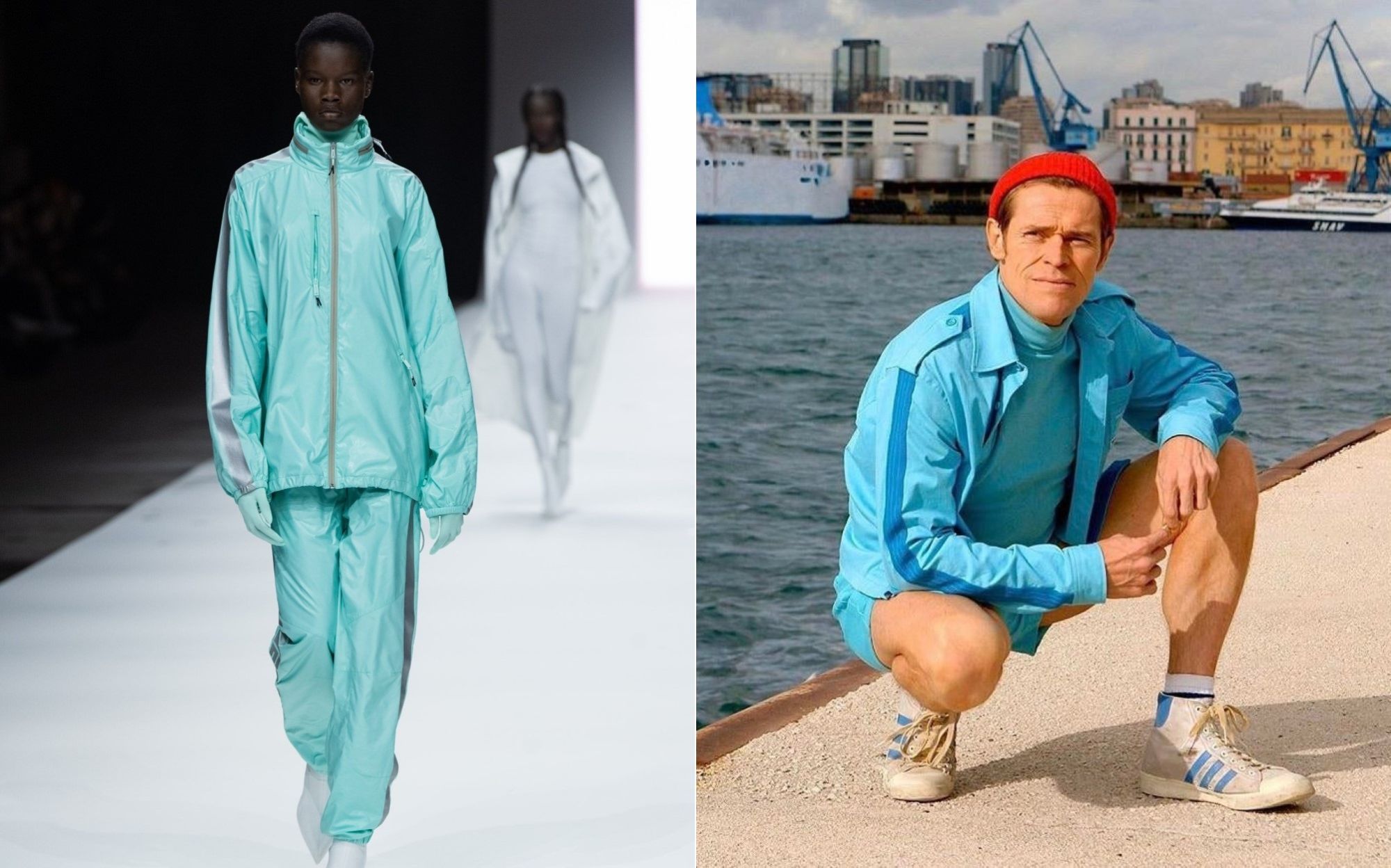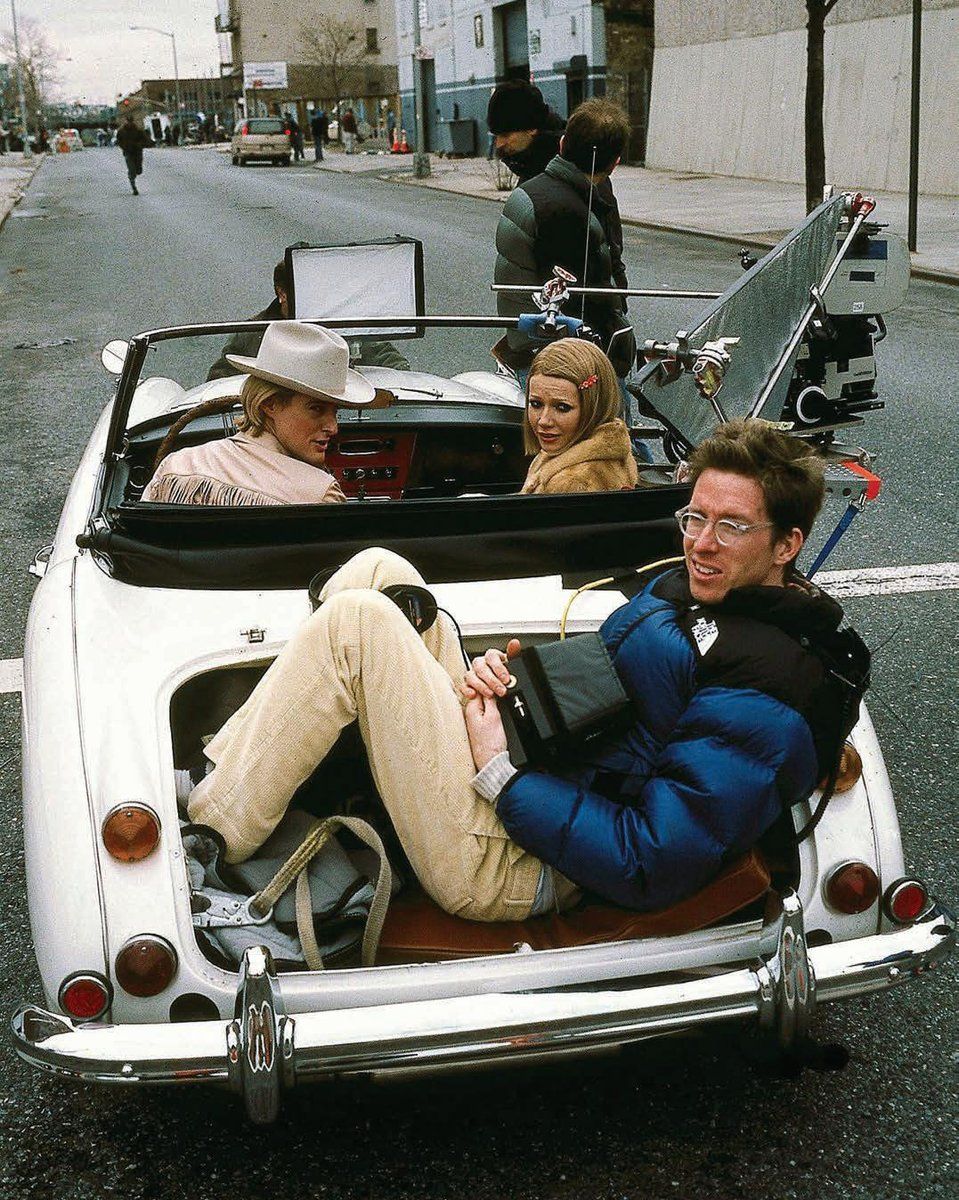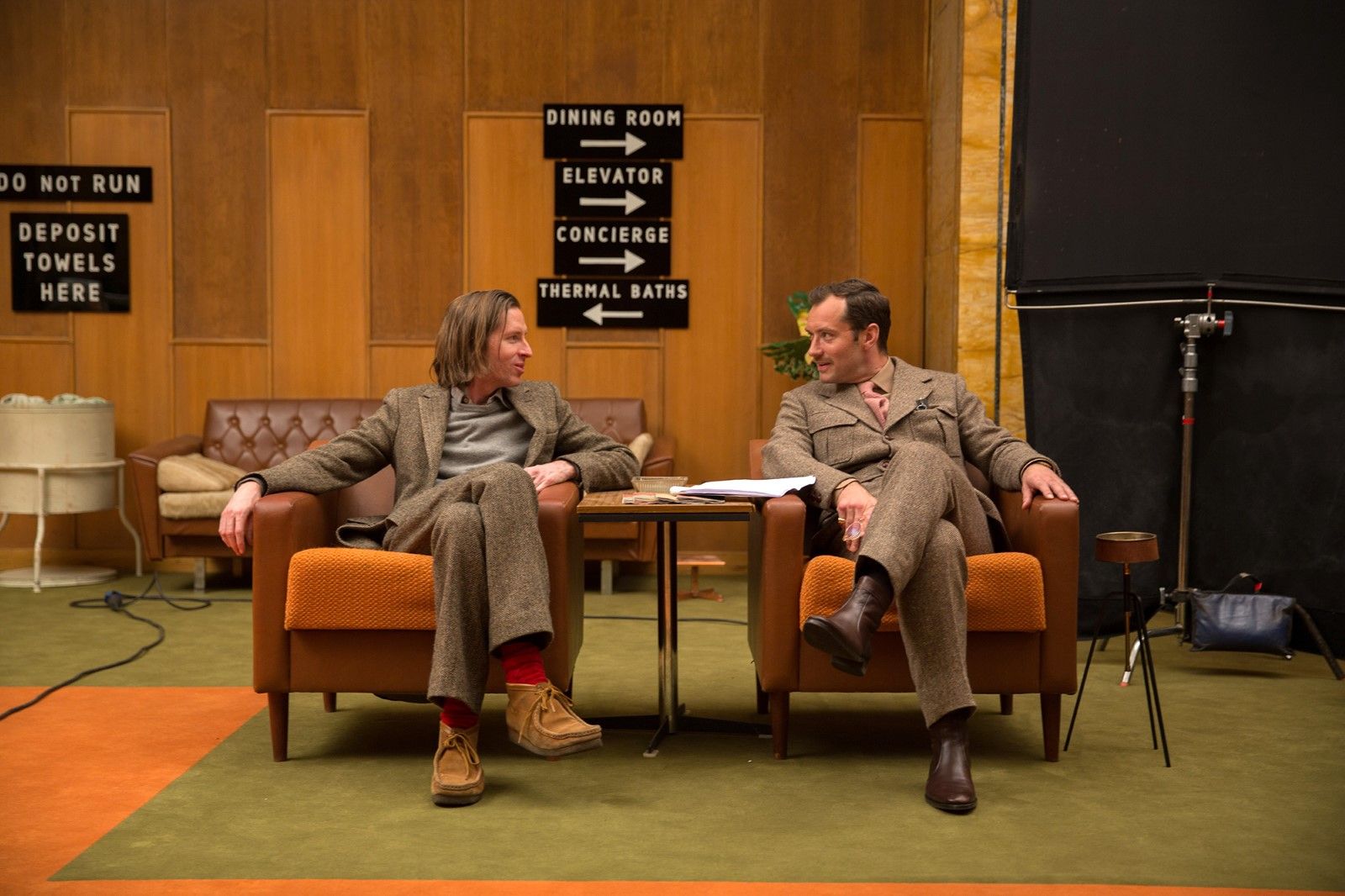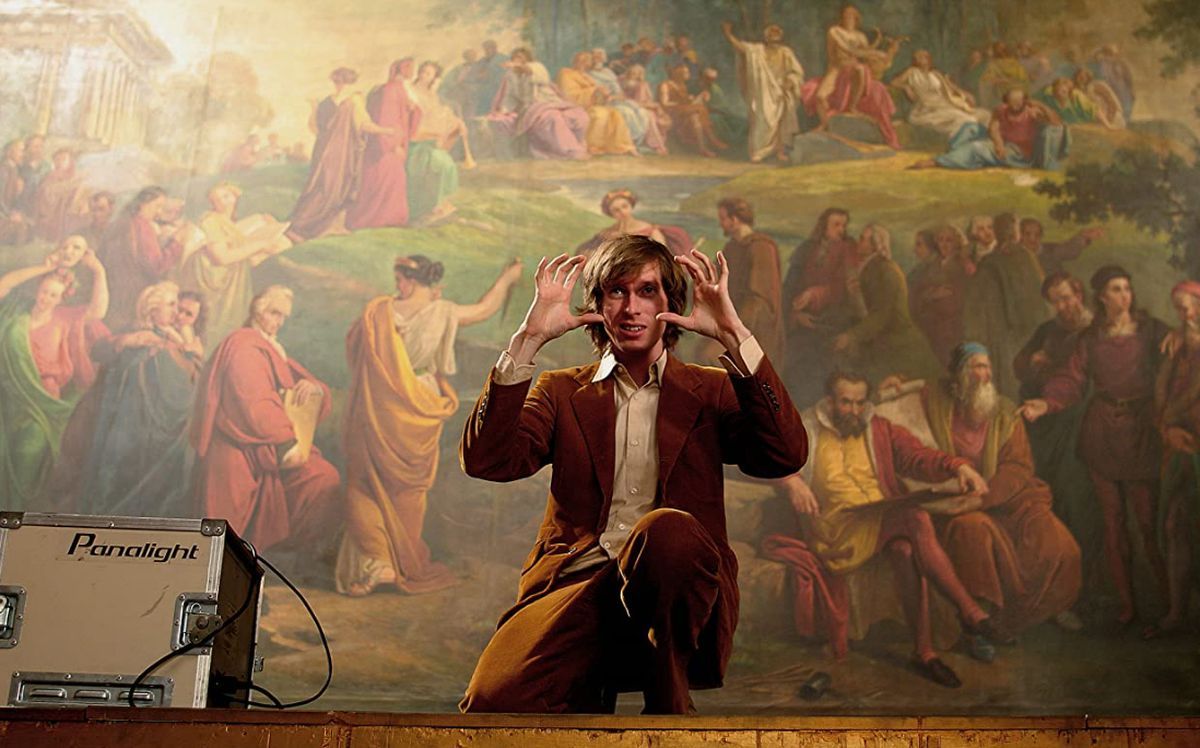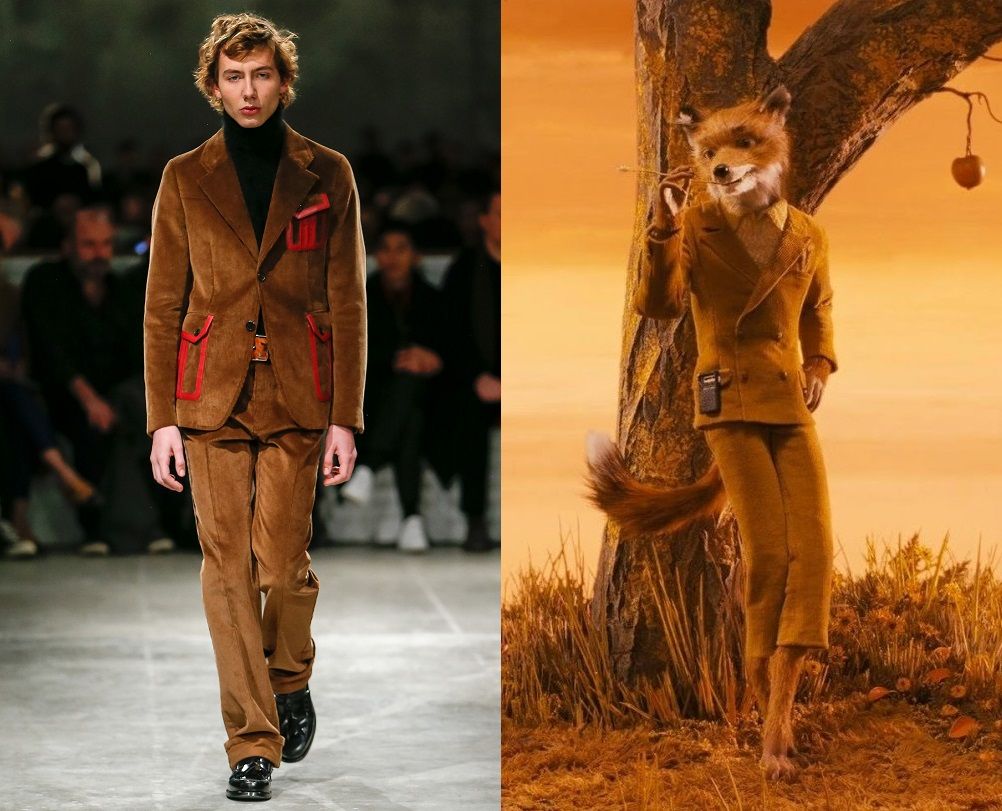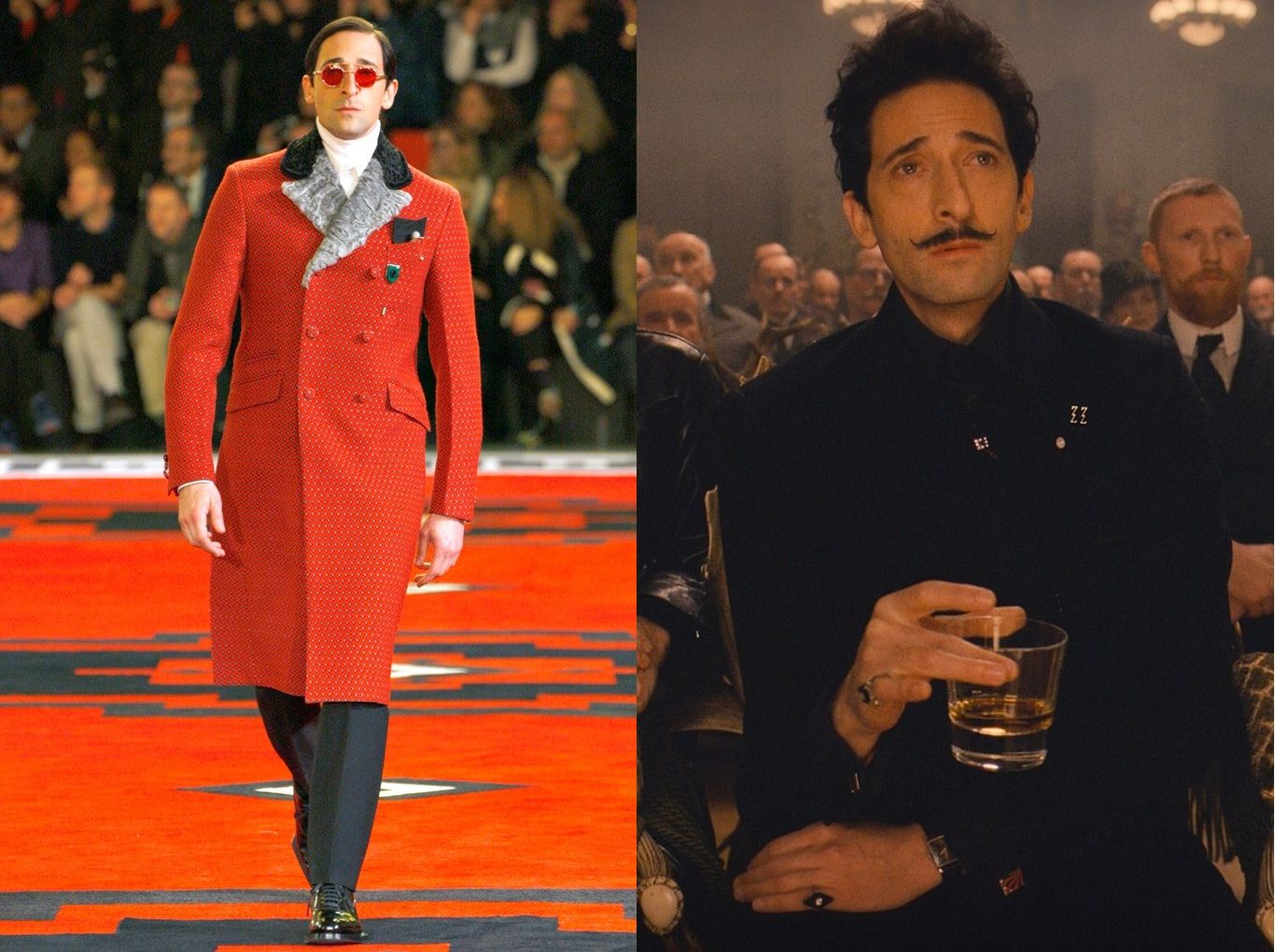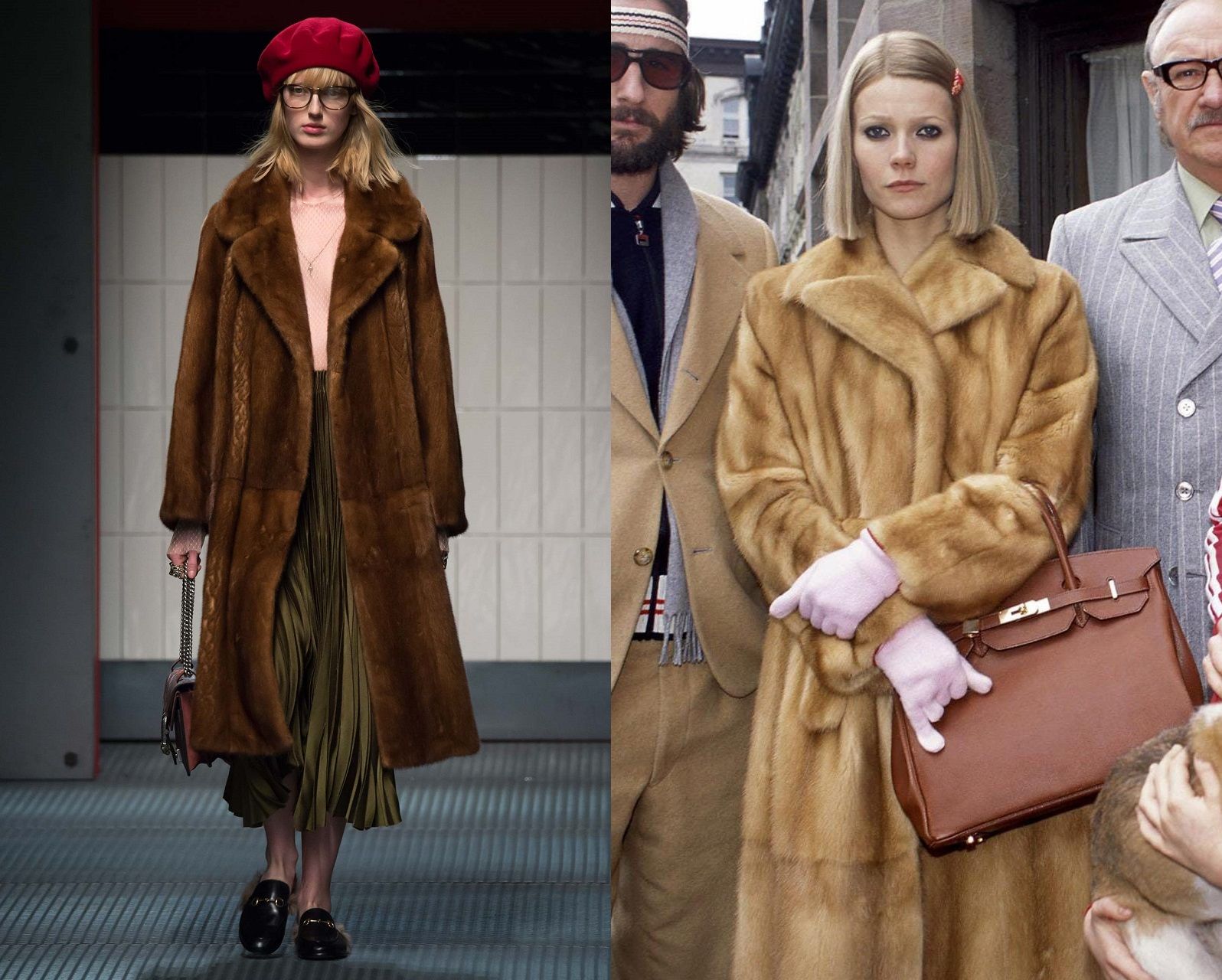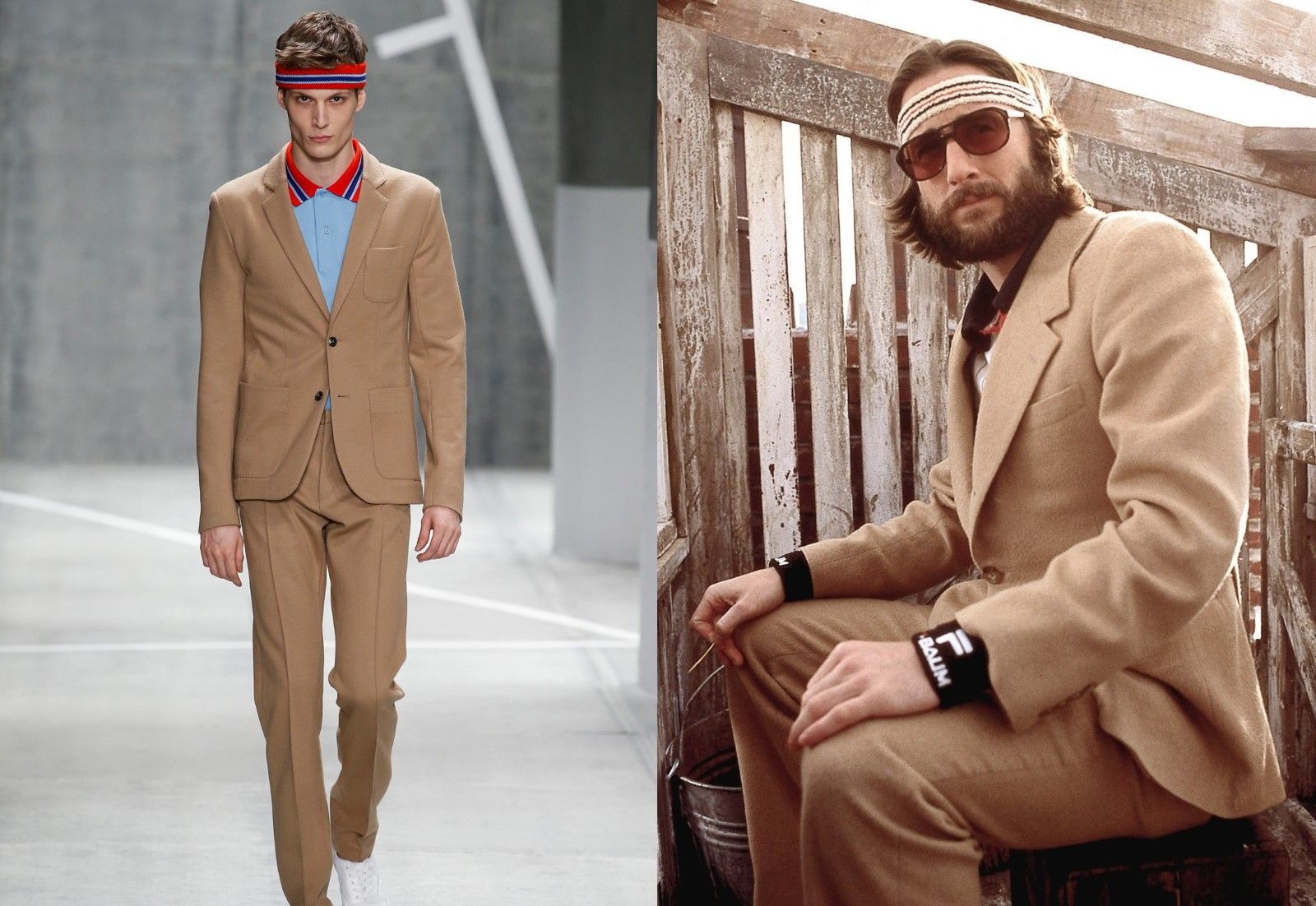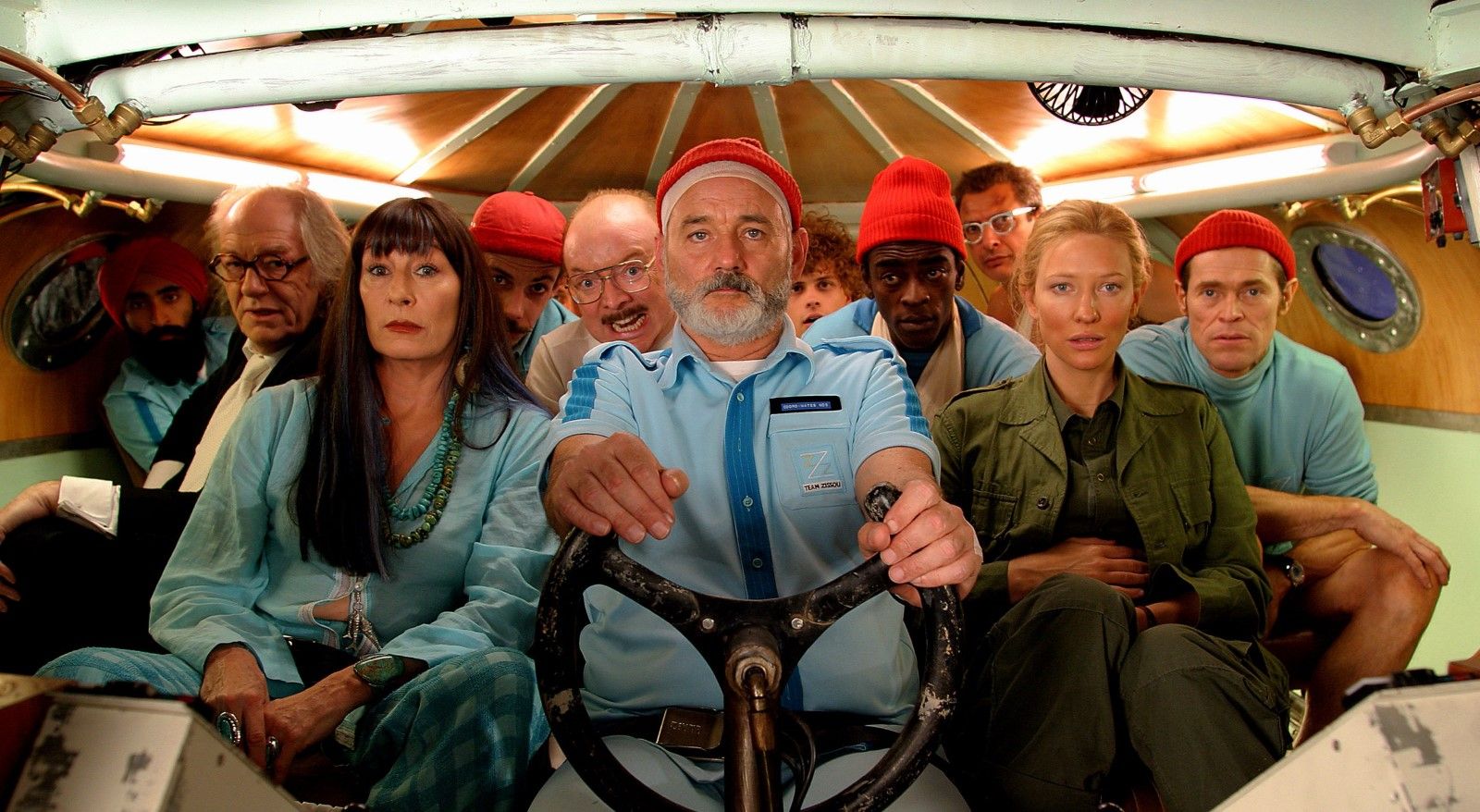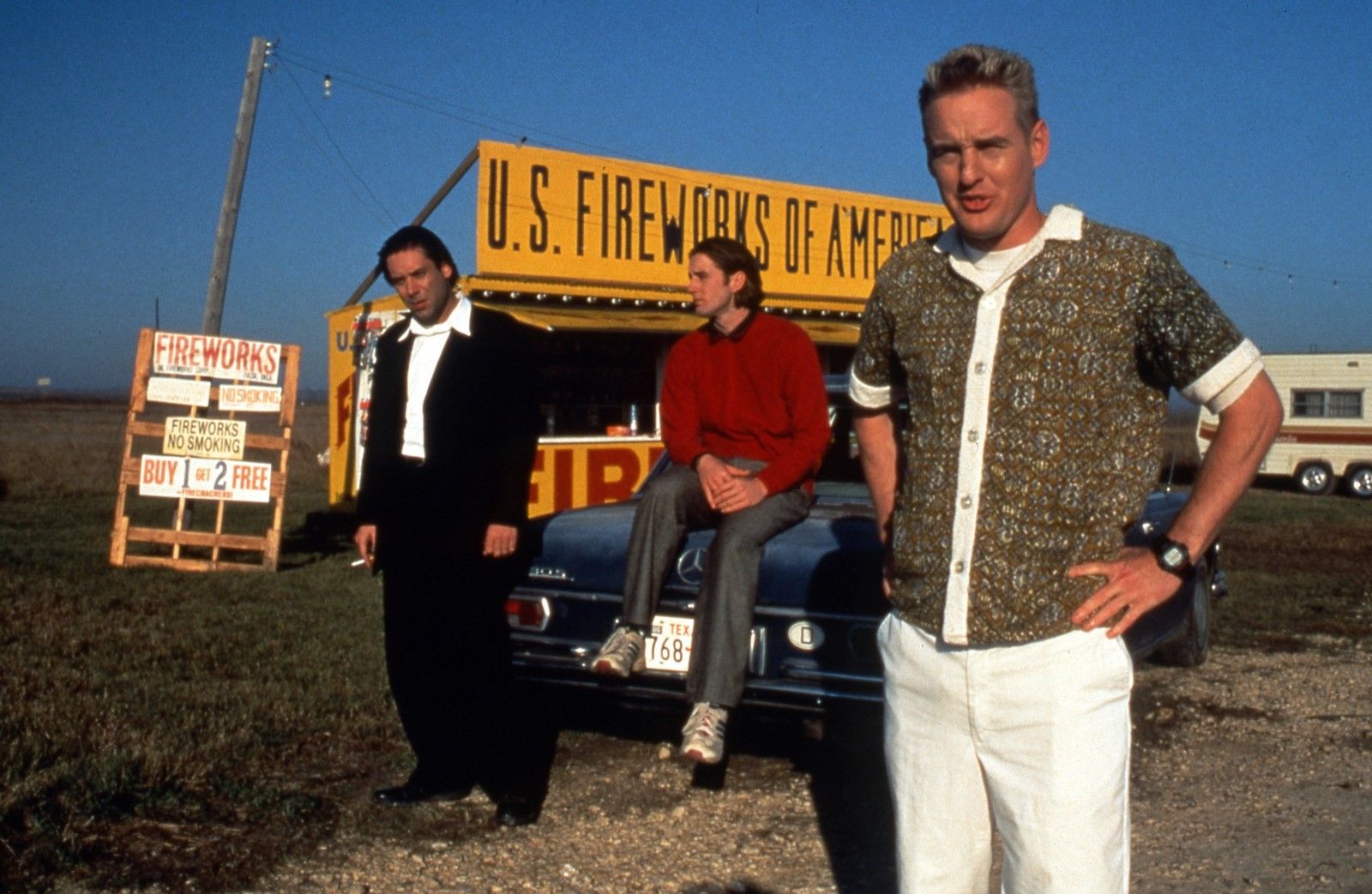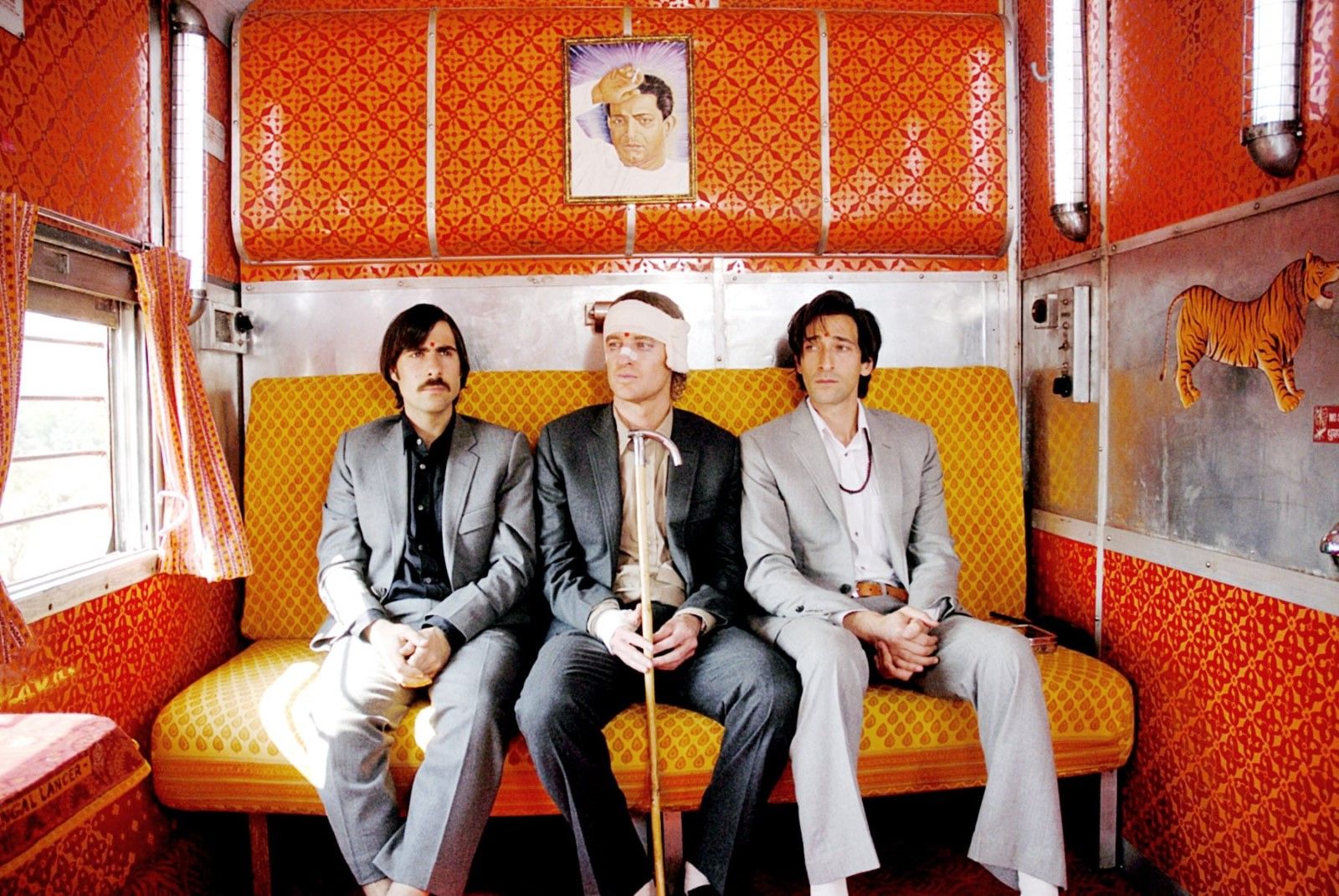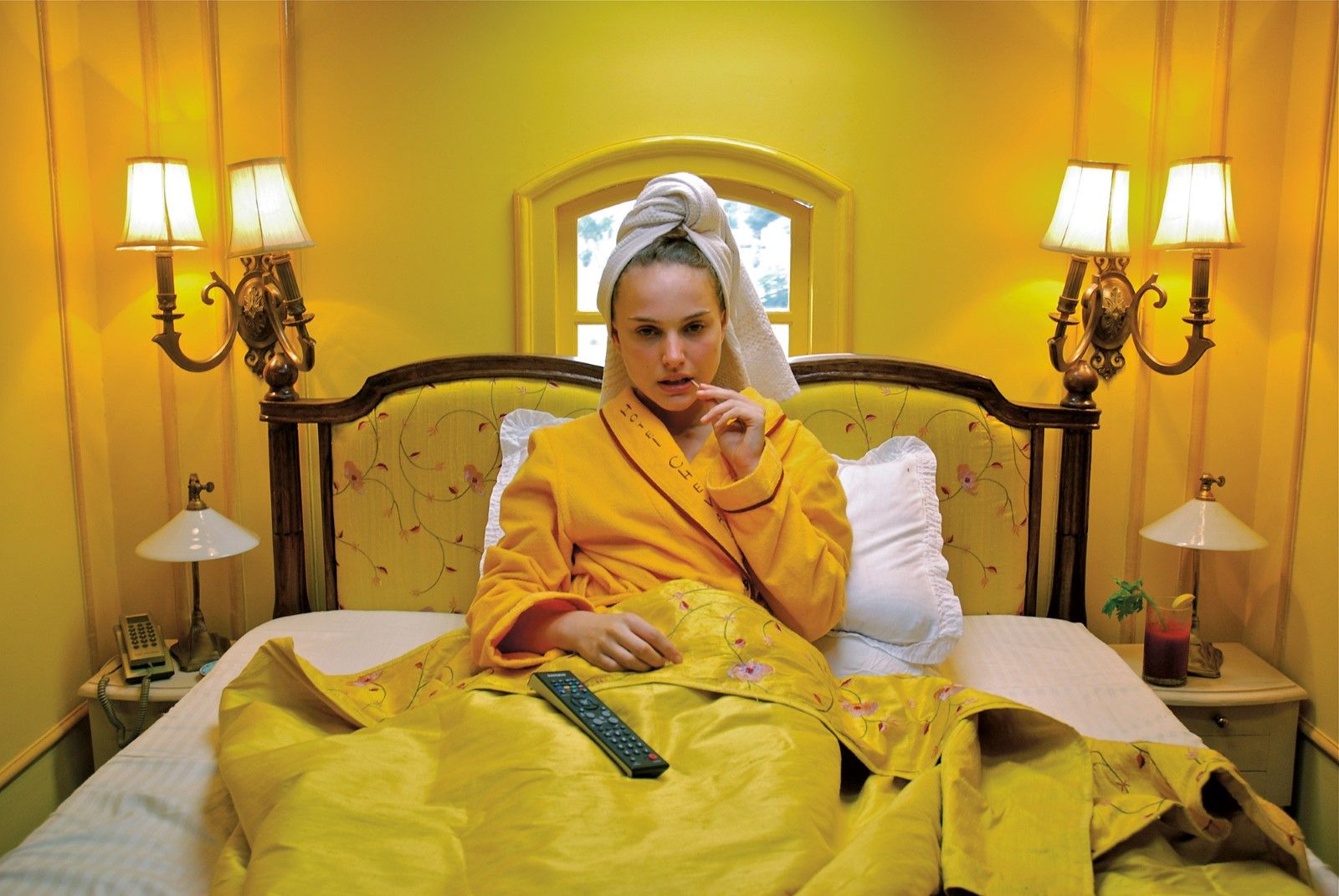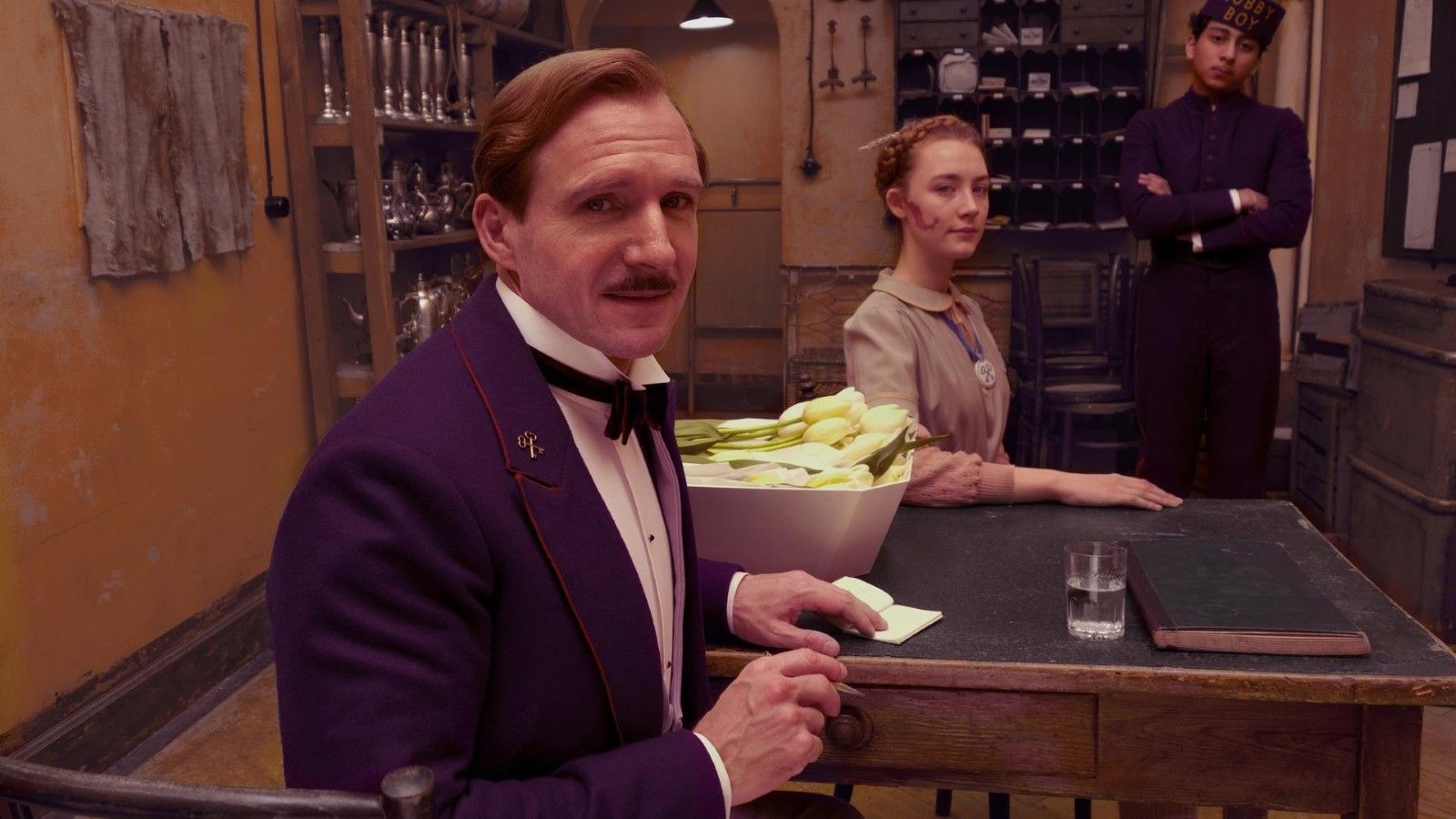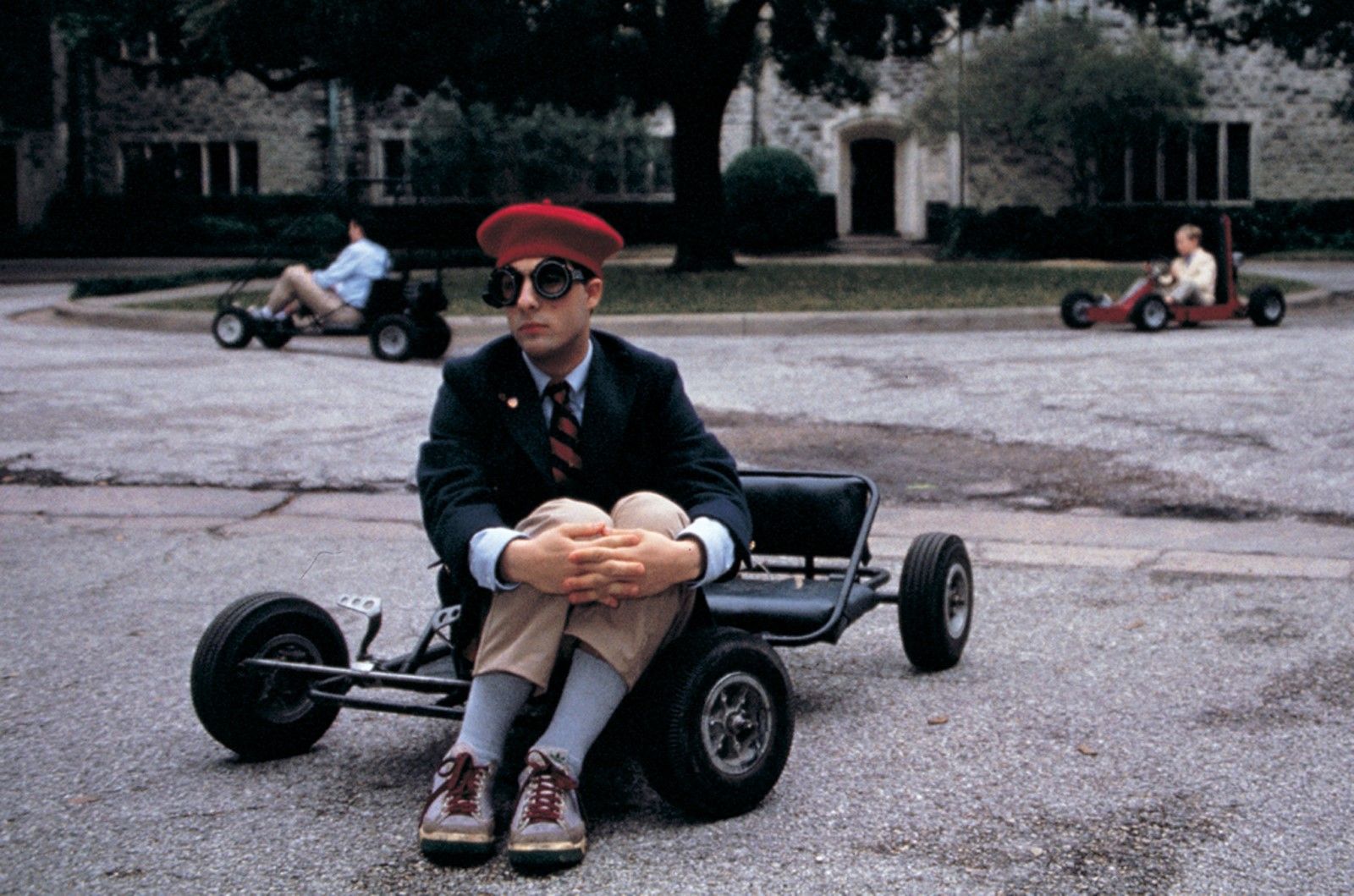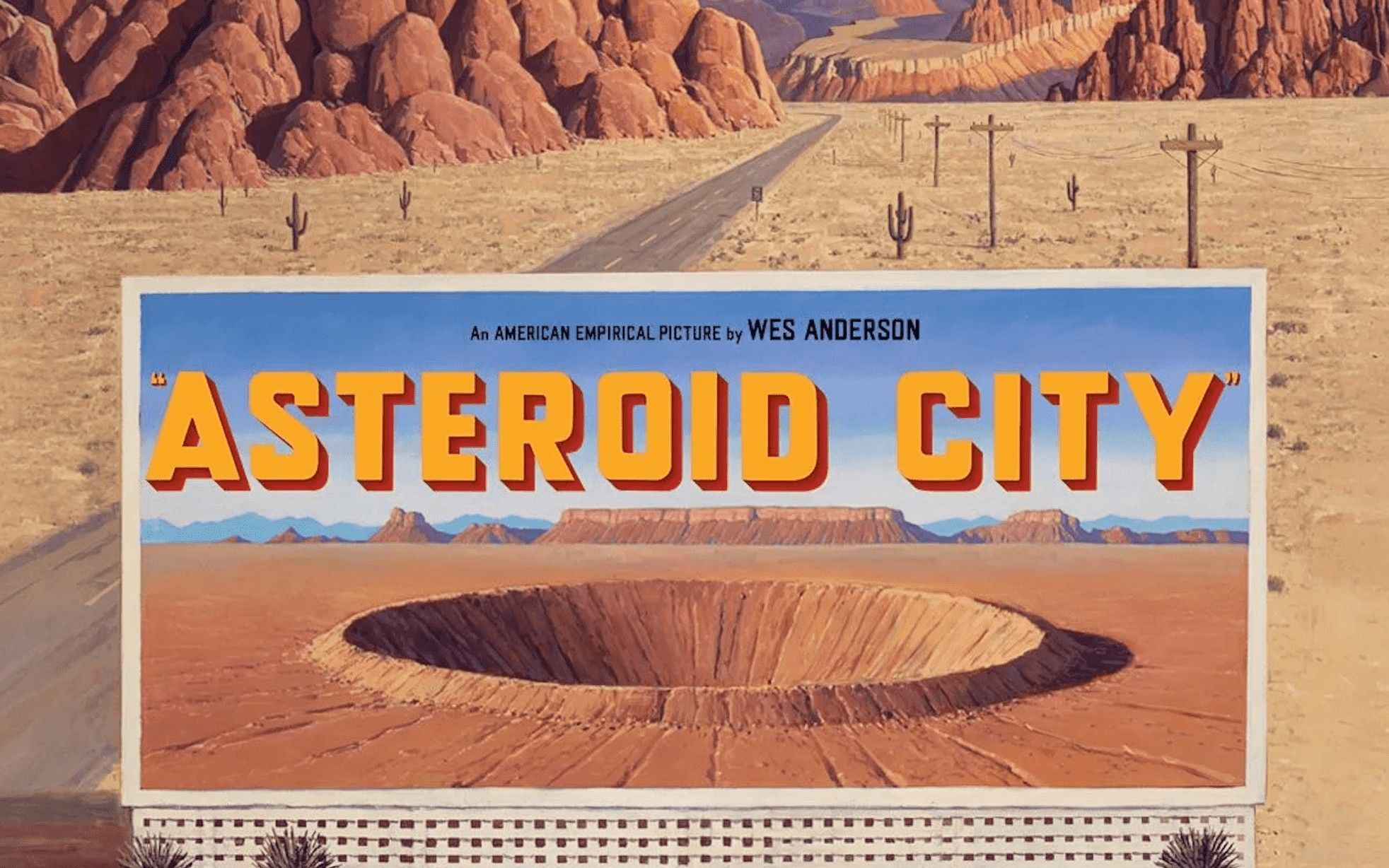
How well has Wes Anderson's aesthetic aged? Survival of a hipster myth in a world where hipsters have disappeared
Along with Quentin Tarantino, Wes Anderson is perhaps the most famous and recognizable director of his generation. His narrative and visual style, made of pastel colors, absolute symmetries, hyper-exhibiting dialogues and intricate details, represents a world so closed in on itself that it has become infinitely parodiable over the years – as happened in 2013 with the SNL sketch who imagined an Anderson-iana version of the famous horror The Strangers. Wes Anderson's films 10 years ago provided materials for those Tumblr galleries between the basic and the pretentious that led to the mainstream explosion of hipster culture. Even today millions of fans around the world love the films of Anderson, who during his career has come to bring his aesthetic outside the cinema, "signing" the furniture of the Bar Luce in Fondazione Prada or, recently, collaborating with the Belmond Limited group to remake a train of the 50s but above all literally becoming the synonym of a certain type of aesthetic, quickly swept away by visual trends by the easy and rapid consumption of Netflix and streetwear. Hipster culture, including Wes Anderson's aesthetic, is still synonymous with pretentiousness even though, having now reached the end of the Y2K trend and the dawn of Indie Sleaze, a new cohort of designers such as Emily Bode, Luke Hall of Chateau Orlando, S.S. Daley, Jezabelle Cormio, Nigo for Kenzo, and Charaf Tajer of Casablanca are revisiting that preppy, stylish, and easygoing universe.
ASTEROID CITY
— Asteroid City (@AsteroidCity) March 29, 2023
A film by Wes Anderson
Only in theaters June 16 pic.twitter.com/sFxmtqQxXd
Anderson's new film, Asteroid City, the trailer for which was released yesterday, promises to bring back a 1950s vintage aesthetic that seemed to have disappeared from the radar forever but instead has refounded its existence this year on the return of vintage and the search for vintage garments related to the American collegiate world. From Teddy Jackets to shapely tailoring to the newfound popularity of patches as a decorative element, one can hardly say that the hipster is back (after all, fashion today looks to stealth wealth and conceptual, ultra-minimalist tailoring) but it's safe to say that that vein of indie romanticism is alive now and will perhaps flourish again in the future. Sure, many had decreed that The French Dispatch had been the shark's jump for Anderson and his style, the point of no return beyond which that symmetry and looseness had tired-but the truth is that as soon as it was released, the trailer for the new film went viral again on social media. In times like these, after all, when style often overtakes substance, where better to turn than to the master of extreme stylization?
Wes Anderson and the Old World culture
In fact, Anderson's career boom occurred between 2001 and 2014. Dates that more or less coincide with the rise and fall of the hipster aesthetic that had its first real codification in 2003 with the publication of The Hipster Handbook by Robert Lenham. Hipster culture, with its love of analog technology, its flirtation with kitsch and its anti-bourgeois rosewater progressivism, its obsession with "high" cultural references found in The Royal Tenembaums a kind of new Bible: every single detail of the 2001 cult film, from turntables to European cigarettes, from the preppy outfits fished out of the vintage fair to its aristocratic and somewhat decadent atmosphere, it perfectly captured the zeitgeist of an era that, at the dawn of the digital age, sought in the pre-80s past a reassuring fixed point to refer to. Just the outfits of The Royal Tenenbaums, among the best seen in Anderson's cinematography, have anticipated by decades both the current trend of Old Money Aesthetic and the extravagant revisited vintage style of the first collections of Alessandro Michele that in his debut collection for Gucci, the FW15, included a look with fur and military cap that many remembered the character of Gwyneth Paltrow, who is among other things a star strongly associated with the brand while transforming the wallpaper of Margot Tenenbaum's room, in turn inspired by that of the Gino of Capri restaurant in New York, into the decorative pattern of an SS17 dress.
From a cultural and aesthetic point of view, the link between the universe of Andersonian references and that of hipster culture, so linked to the classic canon of European culture, ranging from literature to cinema, can be seen for all subsequent films: from The Life Aquatic of Steve Zissou to The Grand Budapest Hotel, Anderson has fished out the myth of Jacques Costeau from the past, the fables of Roald Dahl, the films of Truffaut, Shakespeare, the books of Stephen Zweig associating it with a very Old World aesthetic imagery, where all men wear impeccable suits with eccentric patterns, women dresses of the 50s and 60s and all sports outfits have a vintage patina and an insistence on terry or knitted accessories that evoke atmospheres of country club or English hunting trip. A whole nostalgic and above all Eurocentric culture that, while maintaining its value, does not go well with the multiculturalism typical of our times. The same hipster culture, already in 2006, had begun to present problematic aspects related to racism and sessimo that connoted it, coming to be co-opted by neo-Nazi groups and leading to the birth of the Nipsters, a contraction of "Nazi Hipsters".
Surviving the post-hipster era
Net of the impressions that The French Dispatch has left, it is perhaps time to ask how Anderson's style has aged in a world that, since the time of The Royal Tenembaums, has irreparably changed. It is no coincidence that at least two of the director's films, The Darjeeling Limited and Isle of Dogs, have been accused of a certain cultural insensitivity: the first for his widely stereotyped vision of Indian culture and for the vaguely colonialist perspective of many scenes; the second for the presence of numerous racial clichés and the presence of a white savior who ends up dissolving the conflicts of the plot. Beyond the problematic aspects of these two films, the rest of Anderson's creative production orbits around an aesthetic strongly linked to the white upper-class which, in the days of the hipster wave of the early 1910s, was absolutely delightful but whose reactionary tone, today, might perhaps be antiquated. But recently we have witnessed a new phenomenon appearing among the street styles of recent fashion weeks: recognizable, upper-class elements of tailoring are being re-appropriated, stripped of their aura of privilege and recontextualized in such a way as to become a recognizable framework within which to frame new cultural thrusts. Pinstripe suits, 1970s pants, loafers, and long-collared shirts have returned just about everywhere to remind us that tailoring is much more than the business casual of finance bros and that it possesses an entire expressive range that can be declined through the aesthetics of multiple subcultures both old and new.
After all, Anderson's own films do not obsessively focus on the question of privilege; on the contrary, in The French Dispatch he discusses the revolutionary uprisings of '68 and the relationship between art and mental health;in Grand Budapest Hotel there was talk of the rise of absolutism and immigration; In The Tenembaums the idea of mental health was addressed and so on. But the dominant impression is that the cultural universe to which the director refers has lost the cultural pulse of things, letting himself go to a kind of nostalgic self-referentiality that includes, for example, dusting off the golden age of intellectual journalism between the 20s and 70s and that no longer has contact with the present. In short, Anderson's aesthetic while retaining all its artistic value has lost that relevance and cultural actuality that it once had a bit like it happened to all those directors representative of the film canon of hipster culture such as Woody Allen, Xavier Dolan, Sofia Coppola, Gus Van Sant, Nicolas Winding Refn or Jim Jarmusch.
Its longevity is then explained by considering how, even if the hipster subculture is dead and buried, its influences and ramifications still survive: the obsession with vintage and the archive, the search for realness, the liberal political orientation, the importance of originality and self-expression, the nostalgia for a better past, the importance of education in the face of growing anti-scientism but also the obsession with the occult and spirituality that emerges everywhere on Instagram and TikTok. Only the premises have changed: if hipsters based their validity on privileges such as private universities and on a sense of cultural elitism, today's multiculturalism is trying to read that same cultural heritage from less adoring and more multiple perspectives as well as to include different and alternative cultural heritages within the artistic and aesthetic canons. And so Wes Anderson's language is not entirely modern or entirely retrograde – although perhaps it would need a healthy update.












































